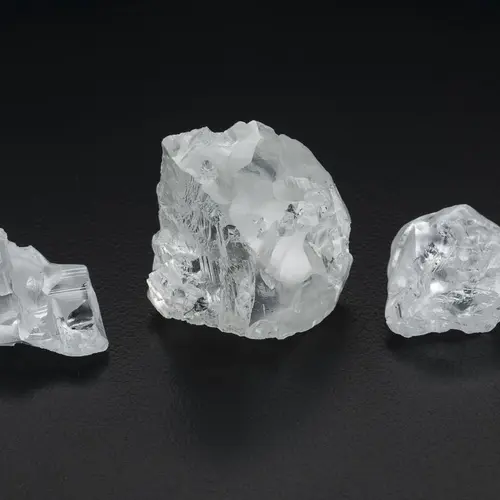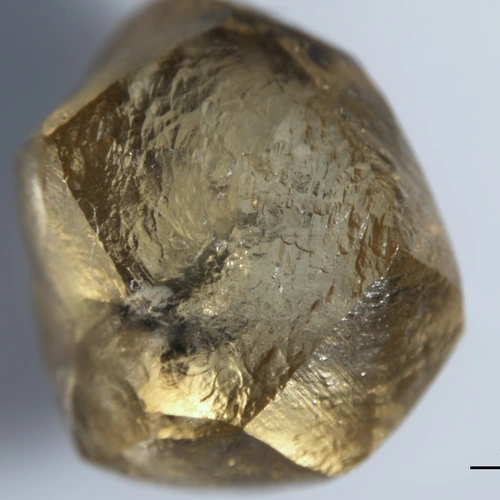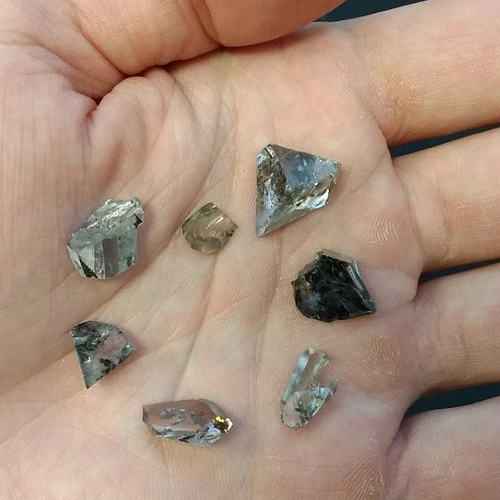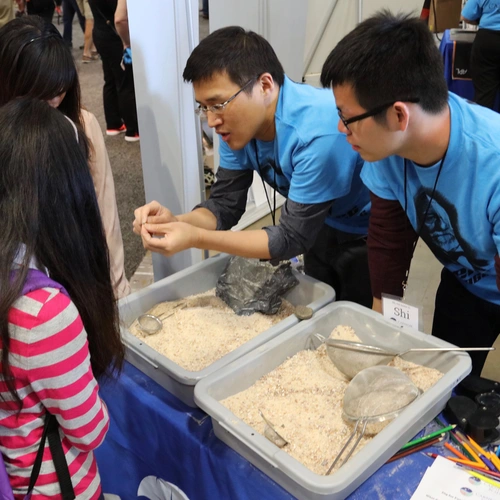Overview
Although Earth is called the water planet, it also could be called the continent planet. Continent formation spans most of Earth's history, continental rocks retain a geologic record of Earth's geodynamic processes, and continents were the key to the emergence of subaerial life and concentration of Earth's resources. Understanding continent formation requires the study of rocks whose ages range from very ancient to very young and could have formed anywhere from the deep mantle to the upper crust.
Steve Shirey is fascinated by how Earth's continents formed.
The study of continents from the deepest samples led to Shirey's recent interest in diamonds. The exhumation of diamonds in erupted kimberlite magmas brings up the deepest, oldest, and most pristine mineral inclusions from the known mantle. Diamonds and these inclusions present a remarkable chance to study deep mantle mineralogy and the migration of carbon-bearing fluids, which will lead to unique constraints on sub-continental mantle keel formation and mantle geodynamics.
EPL's well-equipped chemistry and mass spectrometry labs allow him to develop and refine in-house the many geochemical tools used for this research: the radiogenic isotope systems (Re-Os, Sm-Nd, and Pb-Pb), the stable isotopes systems (C, N, B, and S), and the trace elements (the highly siderophile elements or HSE and the large ion lithophile elements or LILE).
Research
A main research interest of Steve's is how the continents of Earth first formed from the mantle, became stable, and have since been modified. These questions are among the most basic in Geology -especially since Earth's continents, with their complex and long geologic record, are unique features our planet. The process of nascent continent formation involved some form of mantle recycling in a water-rich-world. Such early geodynamic processes were fundamental to the formation of life on Earth. Continents thus hold a glimpse of how Earth became a habitable planet.
Steve's past, current and future research reflect the diversity of continental rocks, encompassing a range of studies such as continental volcanic rocks, ancient and present subduction zones, crust-mantle evolution now and in the past, the mantle keels to the continents, and rocks from the present oceanic mantle -an analog to pre-continental, oceanic mantle of the Hadean to Paleoarchean (4500 to 3200 million years ago).
One of the interesting aspects of Steve's research is the variety of size scales that it encompasses. On one hand consideration of continent formation in the context of the ancient Earth is global in scope. But many of the most significant observations and analyses are made at the submicroscopic scale. This scale range requires thinking big and small—from geodynamics to mineralogy and using a wide range of analytical techniques on whole rocks and minerals.
The study of continents using the deepest-derived rocks (xenoliths in kimberlite) led to Steve's recent interest in diamonds. Diamonds and their inclusions are rare specimens that usually come from the mantle keels of continents at depths greater than 150km. But a small fraction, known as superdeep diamonds, derive from greater depths including the mantle transition zone and the top of the lower mantle. Diamonds and their inclusions afford a remarkable chance to study mantle mineralogy, the migration of carbon-bearing fluids and melts, and pressure, temperature, and redox conditions in the deep mantle.
A particular contribution of Steve’s is to use patterns of diamond formation age, inclusion mineralogy, and location relative to geologic setting to extract large-scale constraints on continent evolution and mantle geodynamics.
CV
- Stony Brook University; Geochemistry, Ph.D. 1984
- University of Massachusetts, Amherst; Geology, M.Sc. 1975
- Dartmouth College, Hanover NH; Geology, A.B., 1972
- Distinguished Alumni Award, Geoscience Department, University of Massachusetts (2017)
- President, Mineralogical Society of America (2015)
- Fellow, American Geophysical Union (2010) Fellow, Geochemical Society (2010 )
- President, Geological Society of Washington (1999)
- Fellow, Mineralogical Society of America (1998)
- Fellow, Geological Society of America (1997)
- American Association for the Advancement of Science
- American Geophysical Union
- Geochemical Society
- Geological Society of America
- Geological Society of Washington
- Mineralogical Society of America
- Scientific Staff, Earth and Planets Laboratory, Carnegie Institution for Science, 1985 to present
- Adjunct Associate Professor, University of Maryland, College Park, 1992-2014
- Postdoctoral Research Associate, Carnegie Institution of Washington, 1984 to 1985
- Research Assistant, Earth & Space Sciences, Stony Brook University, 1981 to 1984
- Teaching Assistant, Earth & Space Sciences, Stony Brook University, 1979 to 1980
- Geologist, Sponsored Research Staff, Massachusetts Institute of Technology, 1977-1979
- Environmental Sciences Lab, Mount Sinai Hospital, 1975-1976
- Economic Geologist, Mineral Exploration, Three summer positions, 1970-1974
- radiogenic and stable isotope systems as igneous petrogenetic tracers
- solid and plasma source isotope ratio mass spectrometry
- high-sensitivity chemical separation and ion detection techniques
- specific isotopic system and trace element expertise: B, C, N, O, S, Rb-Sr, Sm-Nd, Pb-Pb, Re-Os, PGE, LIL
- Reviews in Mineralogy and Geochemistry (RiMG) Volume, Diamond: Mineralogy, Genesis, and Geochemistry, 2020 to 2022
- American Mineralogist, Special Editor, 2015 to 2017
- Geochimica et Cosmochimica Acta, Associate Editor, 2010 to 2013
- Canadian Journal of Earth Sciences, Associate Editor, 1990 to 1994
- The Geochemical News, Editor, 1989 to 1995
Photos & Media
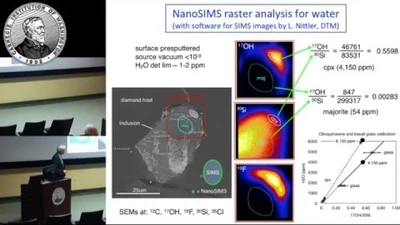
Steven Shirey Presents "Superdeep Diamonds: Windows on Mantle Convection"
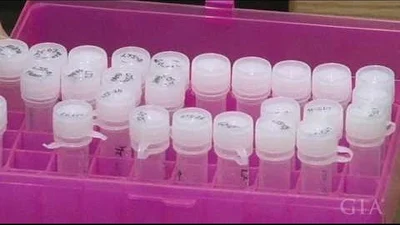
Selecting Diamonds for Study
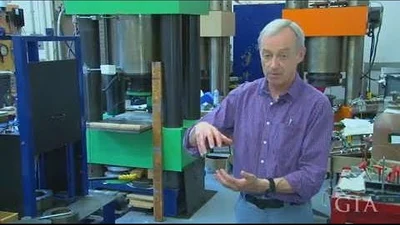
Early Research Using the Piston Cylinder
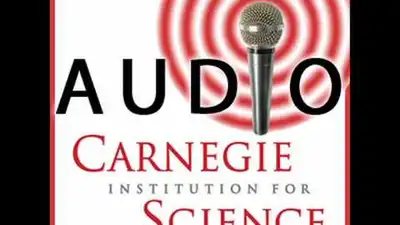
Diamonds Pinpoint Start of Colliding Continents
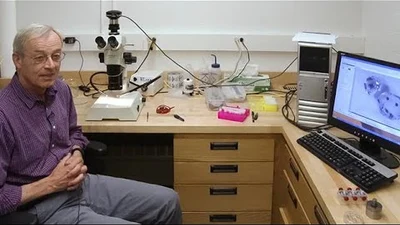
Dating Diamonds Using Inclusions
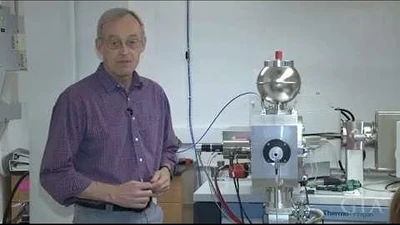
Using Mass Spectroscopy to Count Os and Re Isotopes

Recovering the Sulfide Inclusion
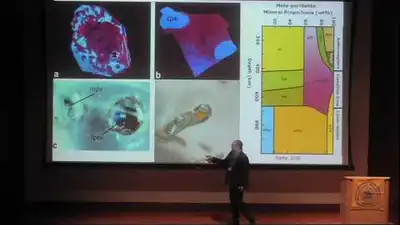
The diamond record of plate tectonic recycling of H, C, N, and B


